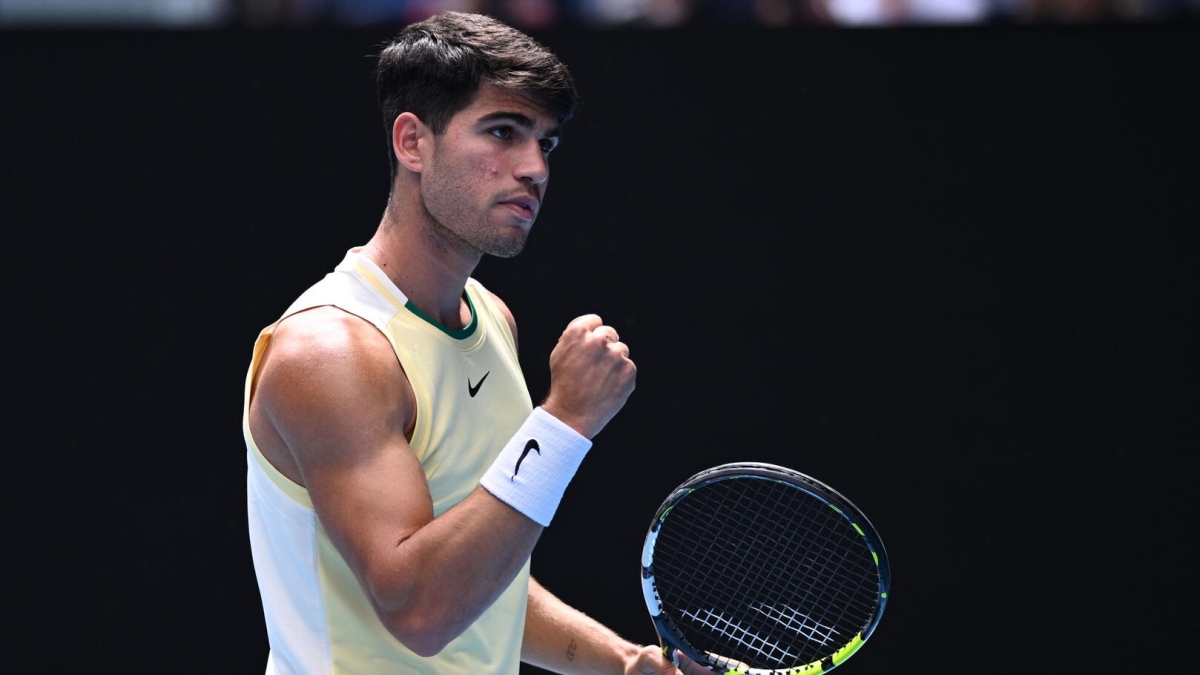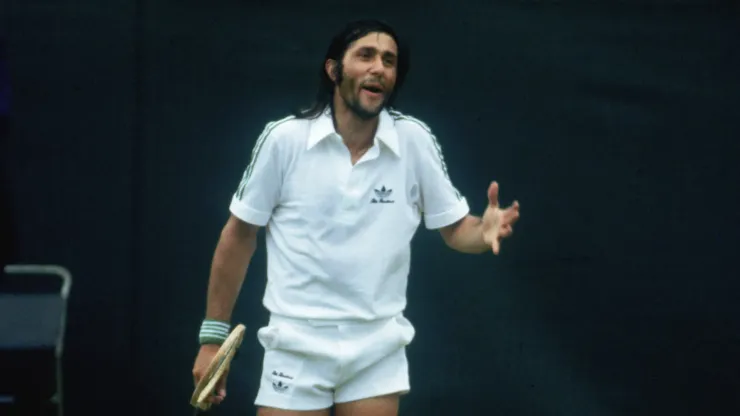In tennis, the teams of the world’s best players are always in constant evolution and study to improve their players’ performances. This is the case of Carlos Alcaraz. Since the beginning, the player from Murcia has been guided by a team with extensive experience in player development, and they have not stopped working to enhance an instrument that, despite seeming unbeatable, requires some adjustments to make its music sound even better.

Before the start of the 2024 clay court season, Juan Carlos Ferrero introduced a new change in Carlitos’ serve mechanics. Initially, Alcaraz had a very weak serve. It was neither very fast nor very reliable. His outstanding quality, with a few adjustments, began to make a difference in his service. The fact that he already has two Wimbledons in his trophy cabinet at just 21 years old is proof of this.
However, this serve still needed improvement. Carlitos had stagnated in recent times with this shot, and his opponents were causing him a lot of trouble with their returns. That’s why Juanki changed his mechanics. He went from having a too long swing in 2021, to a mechanic with two stops, then one, and now none, to have a dynamic and fluid motion to gain power and consistency.
During the preseason, Carlitos was seen training with different rackets that had varying weights in the neck area, as reported by Diario Marca. Finally, the team decided to add an extra five grams to the racket of the four-time Grand Slam winner. These five grams may seem insignificant, but in high-level tennis, five grams are a lot.
Carlos Alcaraz’s racket is one of the lightest in high-level tennis. At just 308 grams unstrung and without a grip, it is a very lightweight and manageable racket. The player from Murcia seeks a lot of flexibility to perform a variety of moves on the court, and that necessitates a very light racket, which is quite unusual compared to what is typically seen on the circuit.
After adding strings and grip, it weighs around 330 grams. These extra five grams will provide him with an added power boost. With such a light racket, Carlitos has to generate all power and spin with his forearm. These five grams will ensure that for the Australian Open, his offensive game reaches a new level.
This weight is applied through lead strips placed in specific areas inside the racket. If we were to look at the racket as if it were a clock face, the weight can be applied at 12, 3, 6, and 9, depending on the desired effect. Alcaraz has a balance of 32 in his racket, meaning that the weight is mainly concentrated in the neck area, towards the bottom. This adjustment aims to help him close points more aggressively at the net or further up the court.
With this extra weight, he will be able to do much more damage from the baseline, with his shots and spins, as well as adding a bit more speed to his serve and suffocating opponents on returns. This small change will require Carlos to spend many hours on the court with his new weapon, as this extra weight will alter his feel for the ball. If he does not adjust quickly and consistently hit the sweet spot of his racket, he risks hitting shots out of bounds.
A tennis racket always tends to have a balance. If you want to add power, as is Carlos’ case, you may lose ball control. If your aim is control, you may lose power. From Alcaraz’s team, with Samu López as a new member, they trust that Carlitos will adapt perfectly to this change since they consider him a player who usually hits almost always where he intends to.


